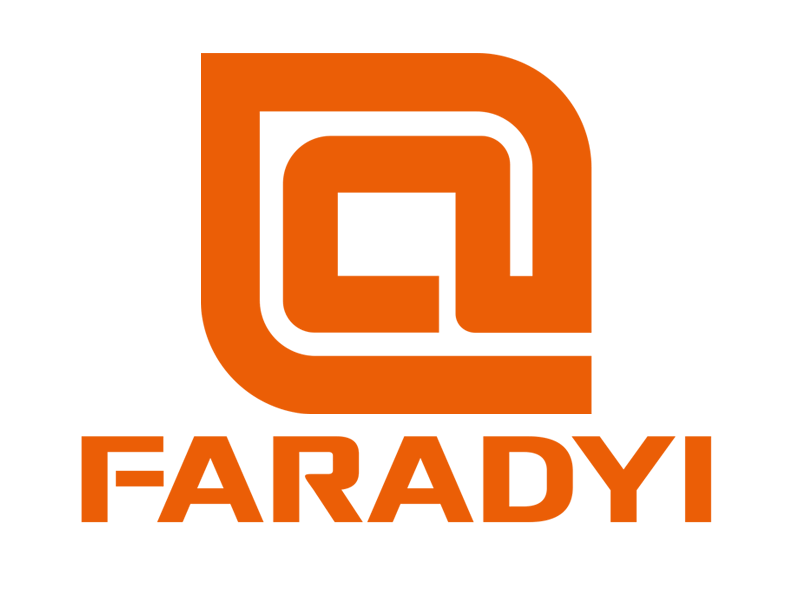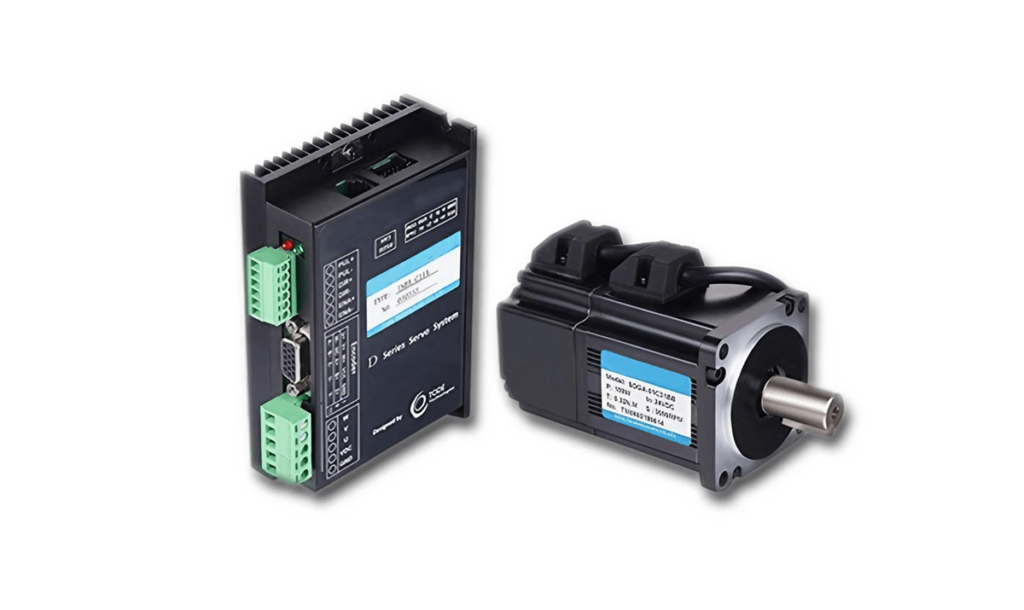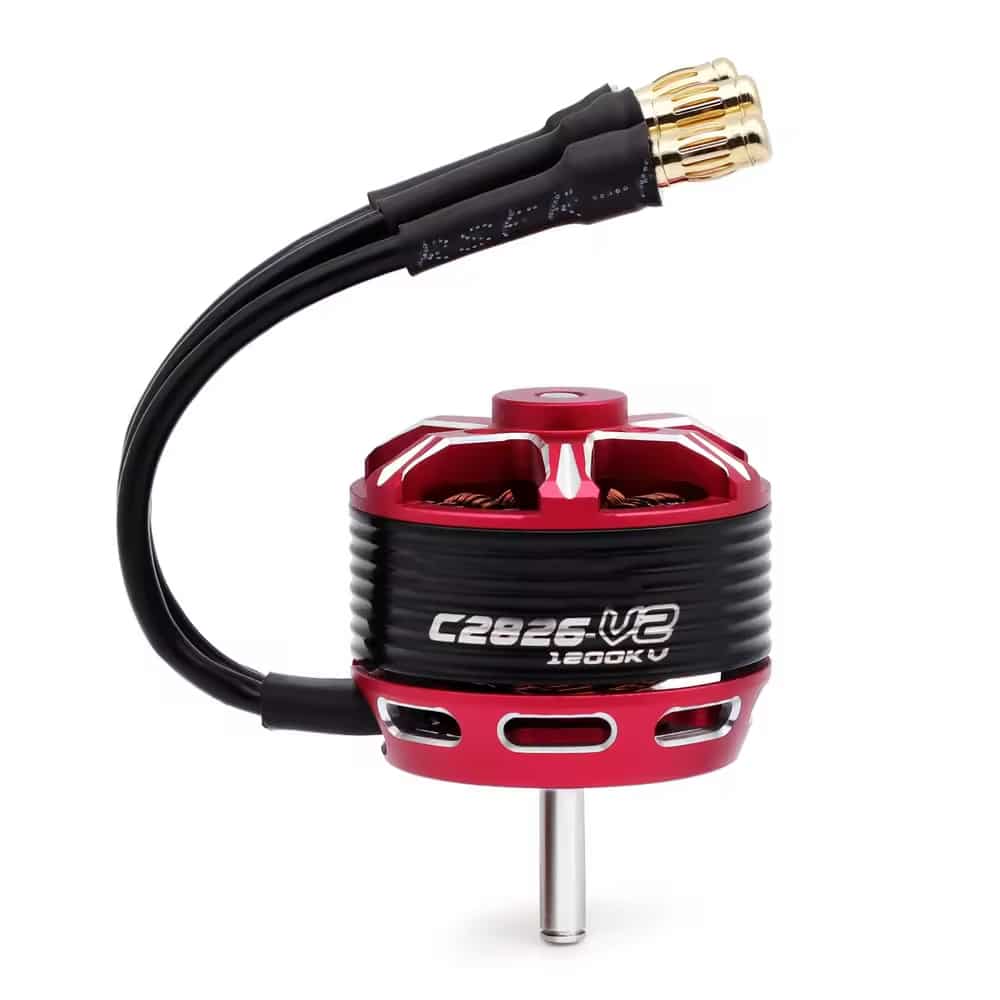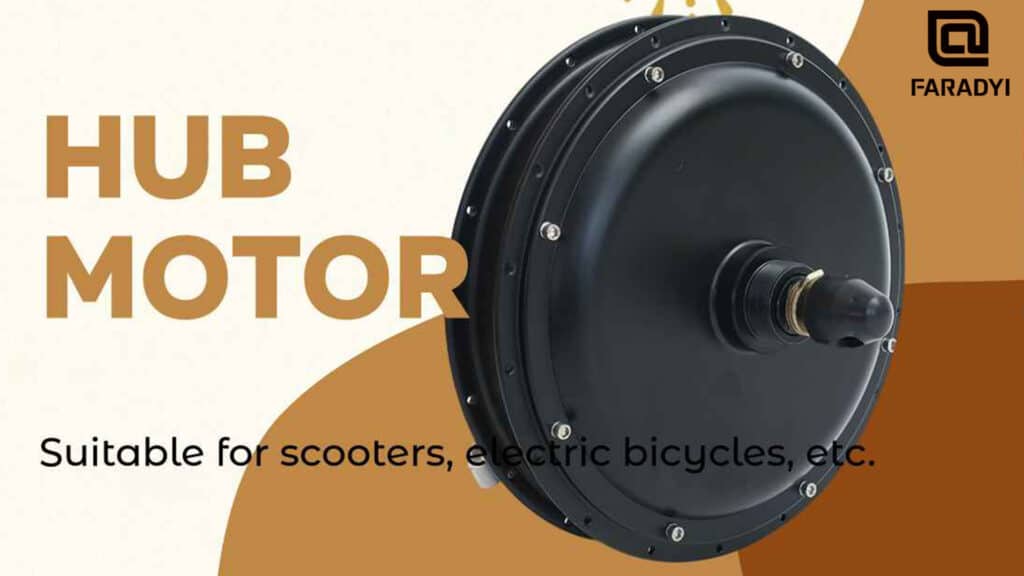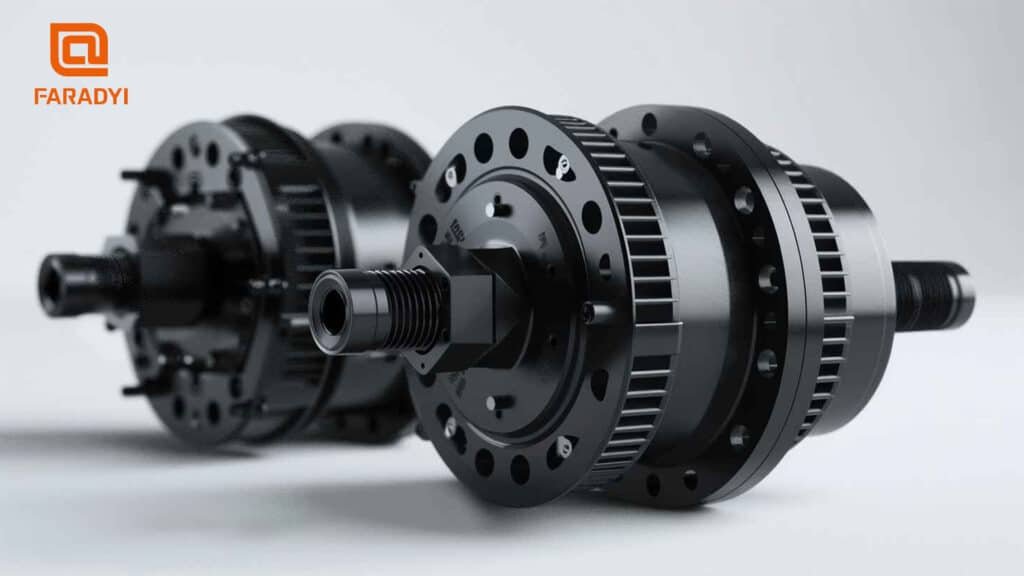Einführung:
Im Bereich der industriellen Automatisierung ist das Closed-Loop-Steuerungssystem für Niederspannungs-Gleichstrom-Servomotoren eine zentrale Technologie. Einfach ausgedrückt bedeutet „Closed-Loop“ einen kontinuierlichen Zyklus, in dem der Motor Anweisungen empfängt und entsprechende Antworten liefert. Diese Interaktion ist durch digitale Befehle und datengesteuerte Antworten gekennzeichnet.
Berufliche Perspektive:
Im Bereich der industriellen Automatisierung fungieren Niederspannungs-Gleichstrom-Servomotoren als Ausführungsmechanismus für Geräteaktionen. Nach Erhalt von Anweisungen vom übergeordneten Computer oder vom Gleichstrom-Servoantrieb führen diese Motoren die entsprechenden Bewegungen aus. Während der Controller Befehle ausgibt, muss zur Überprüfung, ob der Niederspannungs-Gleichstrom-Servomotor seine vorgesehene Position erreicht hat, ein Motor-Encoder verwendet werden. Der Encoder liefert Echtzeit-Feedback zum tatsächlichen Betriebszustand des Niederspannungs-Gleichstrom-Servomotors.
Wenn beispielsweise der Befehl lautet, den Gleichstrom-Servomotor zwei Umdrehungen im Uhrzeigersinn und dann zwei Umdrehungen gegen den Uhrzeigersinn zu drehen, überwacht ein Überwachungsmechanismus kontinuierlich, ob der Motor diese Anweisungen genau befolgt. Der Encoder gibt Informationen wie Drehzahl und Anzahl der Umdrehungen an den Motorcontroller zurück. Der Controller beurteilt anhand dieser Rückmeldung, ob der Motor die gewünschte Position erreicht hat. Wenn nicht, verwendet der Controller PID-Berechnungen, um zusätzliche Befehle zu generieren, die den Servomotor dazu veranlassen, Korrekturmaßnahmen auszuführen. Dieser iterative Prozess wird fortgesetzt, bis der Motor seine gewünschte Position erreicht hat. In der Fachterminologie der Automatisierungstechnik wird dieser gesamte Prozess als „Regelung von Niederspannungs-Gleichstrom-Servomotoren“ bezeichnet.
Anwendungsbeispiel – AGV:
Stellen Sie sich das Szenario der Planung einer Produktionslinie vor, an der ein mobiles Automatisierungsgerät beteiligt ist, das allgemein als fahrerloses Transportfahrzeug (AGV) bezeichnet wird. Bei der Entscheidung über den Mechanismus zur Bewegungsausführung muss zwischen bürstenlosen Gleichstrommotoren ohne Encoder und Gleichstromservomotoren mit Encodern gewählt werden. Bei bürstenlosen Gleichstrommotoren ohne Encoder wird es erheblich schwieriger, die gewünschte Funktionalität zu erreichen. Diese Motoren können keine Rückmeldung zu Motordrehzahl und Umdrehungszahl geben. Folglich ist es ungewiss, ob der Motor die angewiesenen Aktionen ausgeführt hat.
Wenn Sie sich hingegen für Gleichstrom-Servomotoren mit Encodern entscheiden, erhalten Sie eine präzise Rückmeldung zum tatsächlichen Betrieb des Motors. Wenn ein Befehl an den Motor gesendet wird, informieren die vom Encoder bereitgestellten Echtzeitdaten den Controller über die Motordrehzahl und die Anzahl der Umdrehungen. Wenn der Gleichstrom-Servomotor die gewünschte Position nicht erreicht, gibt der Controller Korrekturbefehle aus, bis die Aufgabe abgeschlossen ist.
Abschluss:
Mit der Weiterentwicklung der Automatisierungstechnik steigen die Anforderungen an die Präzision bei der Ausführung von DC-Servomotoren. Der Encoder spielt als integraler Bestandteil eine entscheidende Rolle bei der Gewährleistung einer genauen Regelung von Niederspannungs-DC-Servomotoren.
Für weitere Fragen oder Erläuterungen wenden Sie sich bitte an Dongguan Faradyi Technologie Co., Ltd.
